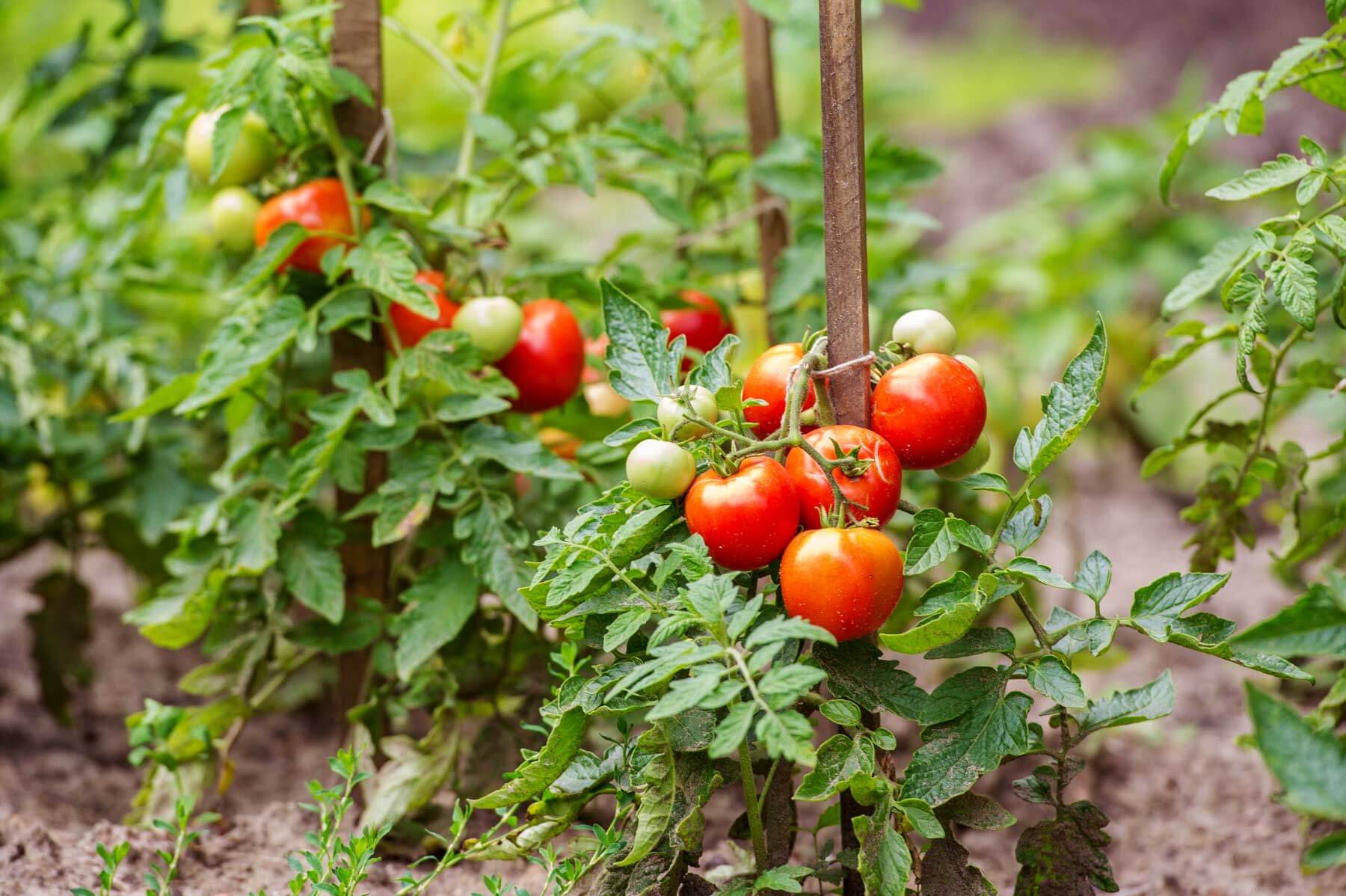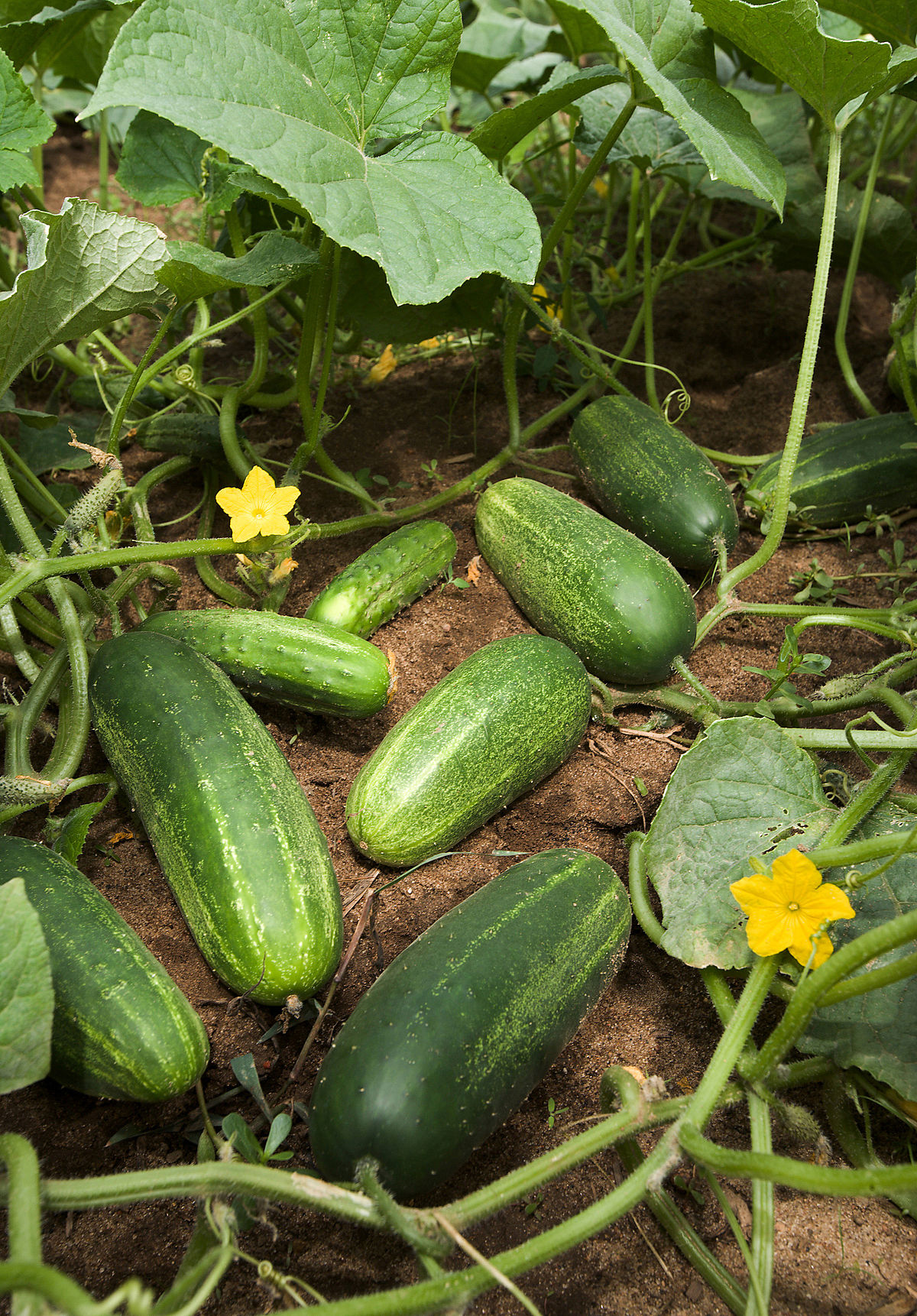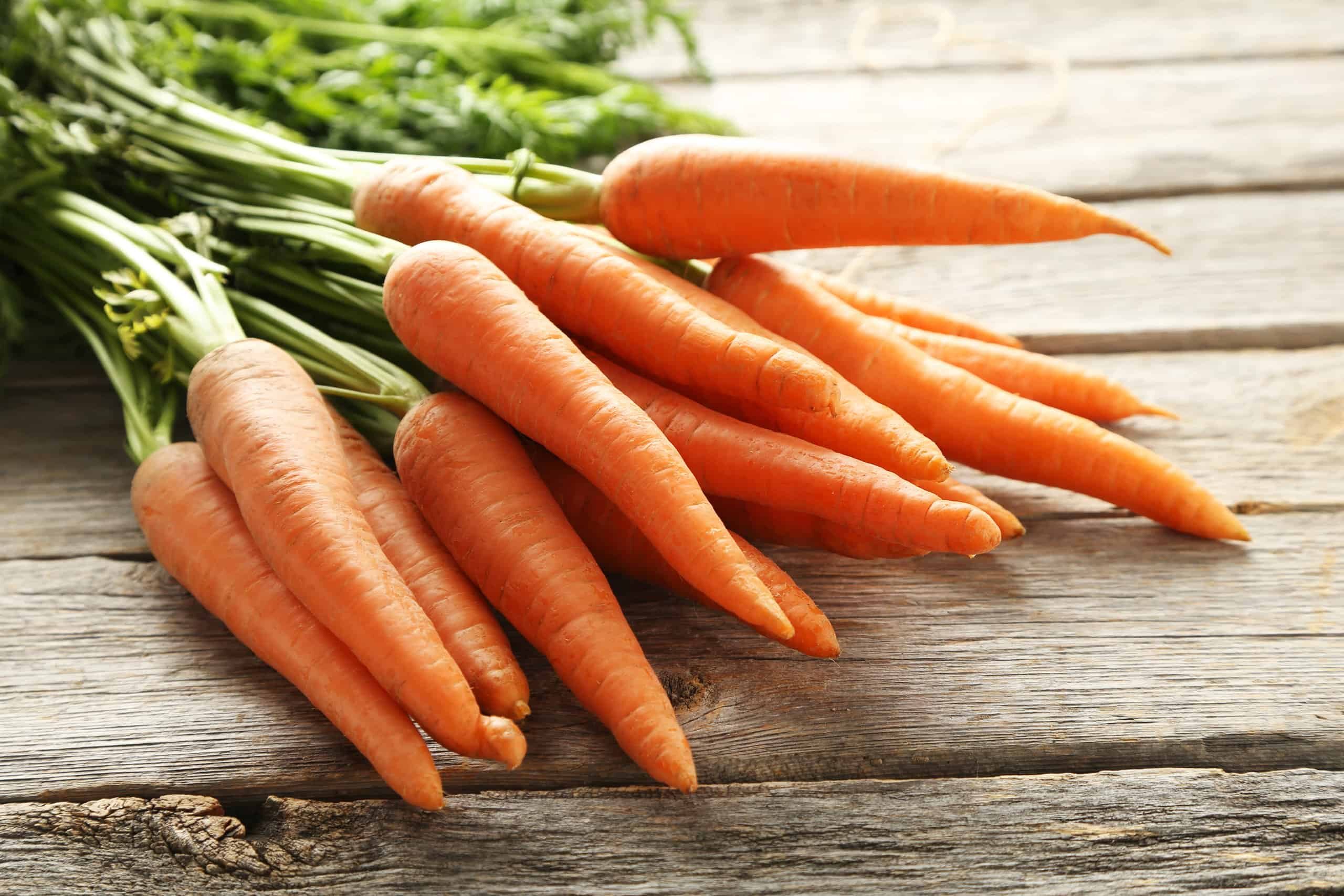The Ultimate Guide To Growing Vegetable Plants
The Ultimate Guide to Growing Vegetable Plants
Growing your own vegetable plants is a rewarding experience. It's a great way to save money, get fresh, healthy food, and enjoy the satisfaction of watching your plants grow.
If you're new to vegetable gardening, or if you're looking for some new tips and tricks, this guide is for you. We'll cover everything you need to know, from choosing the right plants to harvesting your bounty.
Choosing the Right Plants
The first step to growing vegetable plants is choosing the right ones for your climate and growing conditions. Some plants, like tomatoes and peppers, need full sun and warm weather. Others, like lettuce and spinach, can tolerate more shade.
Once you know what kind of climate you have, you can start to narrow down your choices. There are many resources available to help you with this, such as gardening books, websites, and local nurseries.
When you're choosing plants, also consider your space. How much room do you have? Are you planting in the ground or in containers? Some plants, like tomatoes and cucumbers, can grow quite large. Others, like carrots and radishes, are more compact.
Planning Your Garden
Once you've chosen your plants, it's time to start planning your garden. This includes deciding where to plant your vegetables, and how much space you need.
If you're planting in the ground, you'll need to till the soil and add compost or other organic matter to improve drainage and fertility. If you're planting in containers, you'll need to choose the right size containers and potting mix.
You'll also need to decide how you're going to water your plants. If you're planting in the ground, you can usually rely on rainfall. But if you live in a dry climate, you'll need to water your plants regularly.
Planting Your Seeds or Transplants
Once your garden is ready, it's time to start planting. If you're planting seeds, you'll need to sow them according to the instructions on the packet. If you're planting transplants, you'll need to dig holes that are the same depth and width as the containers your plants are in.
Once your plants are in the ground, water them well and mulch around them to help retain moisture.
Caring for Your Plants
Once your plants are in the ground, the most important thing is to keep them watered. You should also fertilize them regularly, especially during the growing season.
You'll also need to keep an eye out for pests and diseases. If you see any problems, take action immediately to prevent them from spreading.
Harvesting Your Bounty
When your plants are ready to harvest, it's time to enjoy your hard work! Most vegetables are ready to harvest when they reach their mature size. But some, like tomatoes and peppers, will taste better if you wait until they're fully ripe.
Once you've harvested your vegetables, you can enjoy them fresh, cook them, or preserve them for later.
Conclusion
Growing vegetable plants can be a rewarding hobby for people of all ages. It's a great way to save money, get fresh, healthy food, and enjoy the satisfaction of watching your plants grow.
If you're new to vegetable gardening, don't be intimidated. There are many resources available to help you get started. And with a little care and attention, you'll be harvesting your own vegetables in no time.
Are you looking for information about vegetable plants? If so, you've come to the right place! Garden Wiki is a comprehensive resource for all things vegetable gardening. From planting and growing tips to recipes and gardening inspiration, Garden Wiki has something for everyone.
Here are just a few of the things you can find on Garden Wiki:
- A wide variety of vegetable plant profiles, including information on each plant's growth habits, climate preferences, and pest and disease resistance.
- Planting and growing guides for a variety of vegetable plants, including step-by-step instructions and helpful photos.
- Recipes for using fresh vegetables in all your favorite dishes.
- Gardening inspiration from other vegetable gardeners around the world.
Whether you're a beginner or a seasoned gardener, Garden Wiki is the perfect resource for everything you need to know about vegetable plants. So what are you waiting for? Visit Garden Wiki today!
FAQ of vegetable plants
null
Image of vegetable plants
- Tomato plant. A tomato plant is a herbaceous perennial that is typically grown as an annual. It has a bushy growth habit and produces red, yellow, or orange fruits. Tomato plants are a popular vegetable to grow in home gardens because they are relatively easy to care for and produce a high yield.

- Cucumber plant. A cucumber plant is a vine that produces long, green fruits. Cucumber plants are typically grown in a garden or in a container. They need full sun and well-drained soil. Cucumber plants are a popular vegetable to grow because they are relatively easy to care for and produce a high yield.

- Potato plant. A potato plant is a perennial that is typically grown as an annual. It has a tuberous root that is the edible part of the plant. Potato plants need full sun and well-drained soil. They are a popular vegetable to grow because they are relatively easy to care for and produce a high yield.
- Carrots. Carrots are a root vegetable that is typically orange in color. They are a good source of vitamins A and C. Carrots can be grown in a garden or in a container. They need full sun and well-drained soil.

- Peas. Peas are a legume that is typically green in color. They are a good source of protein and fiber. Peas can be grown in a garden or in a container. They need full sun and well-drained soil.

Post a Comment for "The Ultimate Guide To Growing Vegetable Plants"